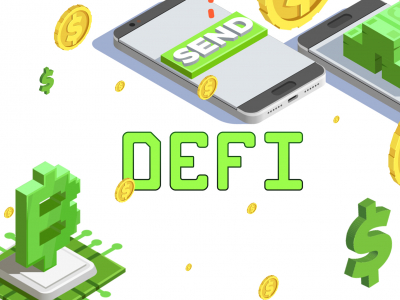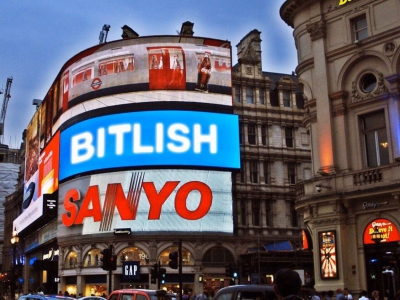The year of 2017 has seen a considerable growth of blockchain activity in Russia. Should we expect any serious breakthrough in the near future?
The “blockchain boom” in Russia began back in 2016. Last November, the blockchain conference in Moscow attracted a record number of guests: as our reporter observed, there was hardly a spare seat in the spacious “Digital October” hall. In January, at the one-day conference “Regulation of cryptocurrencies in Russia: Intermediate results” over 100 crypto and financial experts, entrepreneurs, blockchain and bitcoin enthusiasts again gathered in the same venue to focus on the legal situation around the technology.
At a business brunch in February, major Russian banks presented their vision of the future blockchain economy to the audience that included state officials and representatives of the regulator. The response was overtly favourable, with Deputy Director of the Federal Antimonopoly Service Andrey Tsarikovsky stressing the importance of the distributed ledger with the slogan “Join in or lose.” The trend towards state appropriation of blockchain (at least ideologically, if not in practice) was reinforced in March, when an official from the state investment fund Vneshekonombank suddenly claimed at the national economic forum that blockchain, in essence, was a Soviet invention.
Finally, Prime Minister and former Russia’s President Dimitry Medvedev speculated about the possible role of blockchain in fighting the hurdles of Russian bureaucracy. This triggered another wave of blockchain-related discussions (keeping our correspondents busy over the last couple of weeks).
1917 was the year of the Great Russian Revolution, which turned the country upside down and forever changed the course of history. A century later, will 2017 become the year of Great Blockchain Revolution in Moscow?
Global perspectives, local problems
The main problem with blockchain in Russia is the absence of a working and widely accepted blockchain project on a national level. Sberbank with partners are coming close to creating such a project with their Digital Ecosystem, a private blockchain platform for document circulation. The idea has attracted a number of key market players; however, it remains the only project out of the prototype stage that has a chance to hit the market soon.
Of all other promising use cases, such as employing a DLT platform for carbon credits trading or to create unique credit offers for bank clients, none have made it beyond the prototype stage yet. The leading Russia’s commercial bank Alfa Bank has recently conducted a service payment experiment in collaboration with S7 Airlines using blockchain-based smart contracts. In February, a new possible use case for the DLT was highlighted by the bank Otkritie when it revealed the plan to develop a fraud-prevention blockchain system focused on “ghosting” – a particular type of deceased persons’ identity theft.
There are talks among some companies about developing distributed applications for factoring and other purposes, but so far they remain just talks. While many firms are declaring an interest in blockchain and even hire experts in blockchain development, for the mainstream financial sector the technology itself remains puzzling. The biggest element of this puzzle is the regulation.
Among business leaders, the consensus is that one should not expect the state to make any legal adjustments in the near future regarding blockchain. Rather, the regulator would assess each particular use case for the technology separately. The main problem currently is the absence of any regulation and lack of any attempts to introduce one, not accounting for the ill-fated “bitcoin ban bill”.
To sum up, the good news is that Russian business is obviously keen to explore the blockchain technology. Major banks invest into development of experimental blockchain systems and platforms. Yet there is nothing much to show the world so far, and if 2017 is the year of revolution, the blockchain Lenin is yet to come.
Roman Korizky












